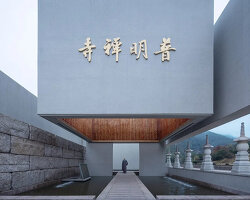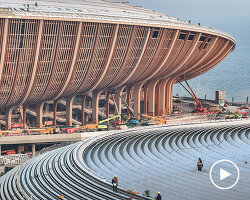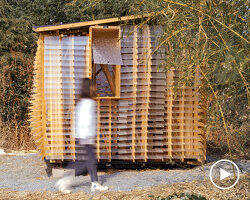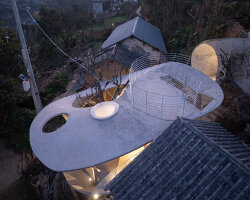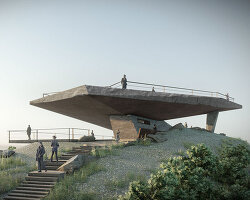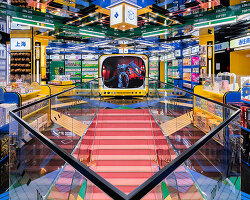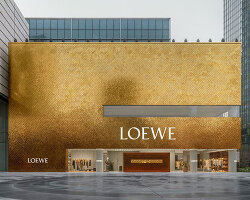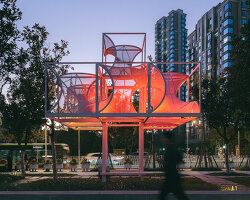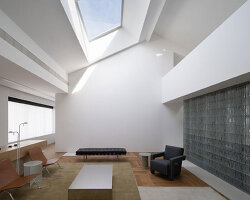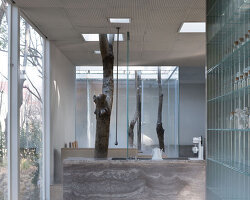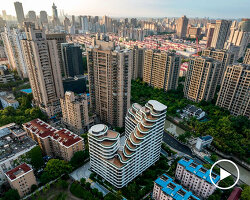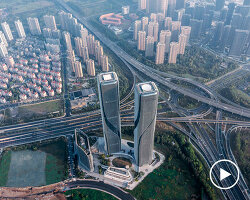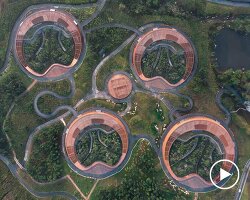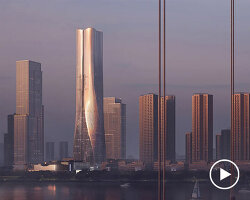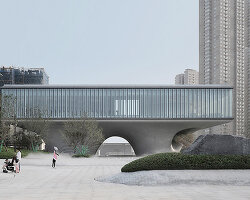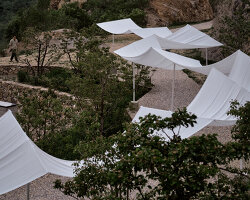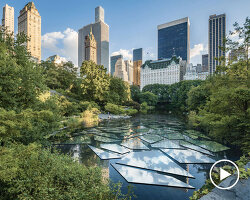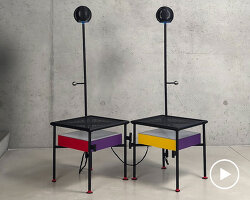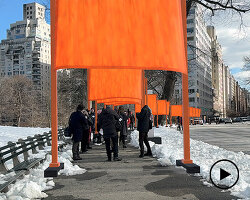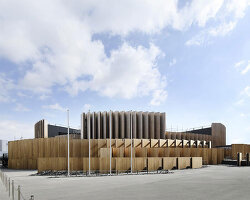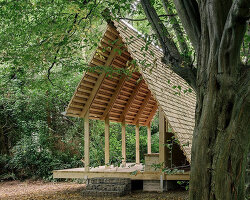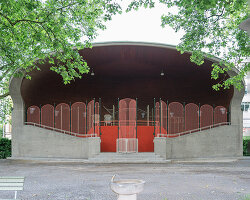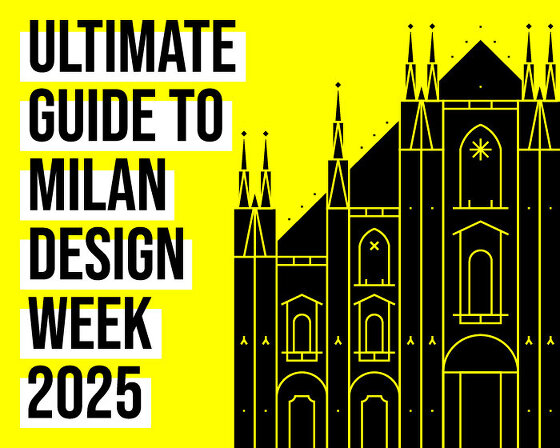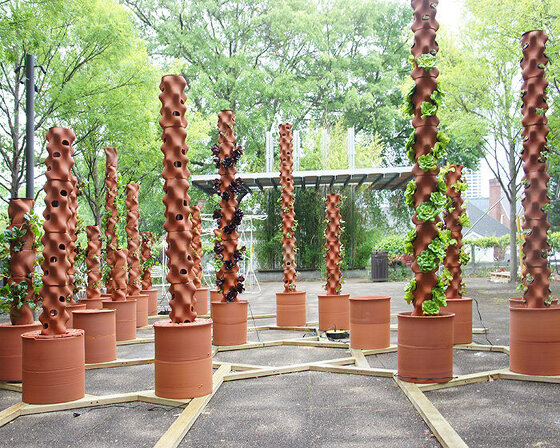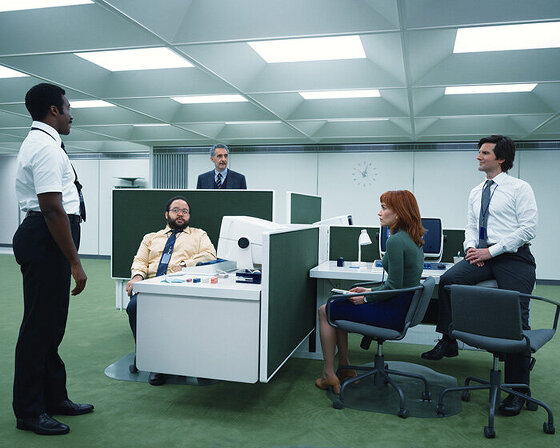a ‘micronature’ in the city
Atelier Ping Jiang | EID Arch celebrates the completion of its MicroNature Pavilion which has officially opened to the public as part of Design Shanghai / Xintiandi Design Festival 2022. The annual art event aims to promote public art and forge connections within the historic urban center of Shanghai. The work is sited at the threshold of the Chinese city’s old town and its newer developments.
The pavilion takes shape as a ten cubic-foot cube, disrupted by a canyon-like void. As such, the work hybridizes rational geometries and organic form, introducing an abstract ‘MicroNature’ within its urban setting. This juxtaposition articulates the contrast between nature and artificiality. With its new installation, the design team offers visitors an immersive experience to ‘discover the inner void that reveals a sense of wonder and mystery.’
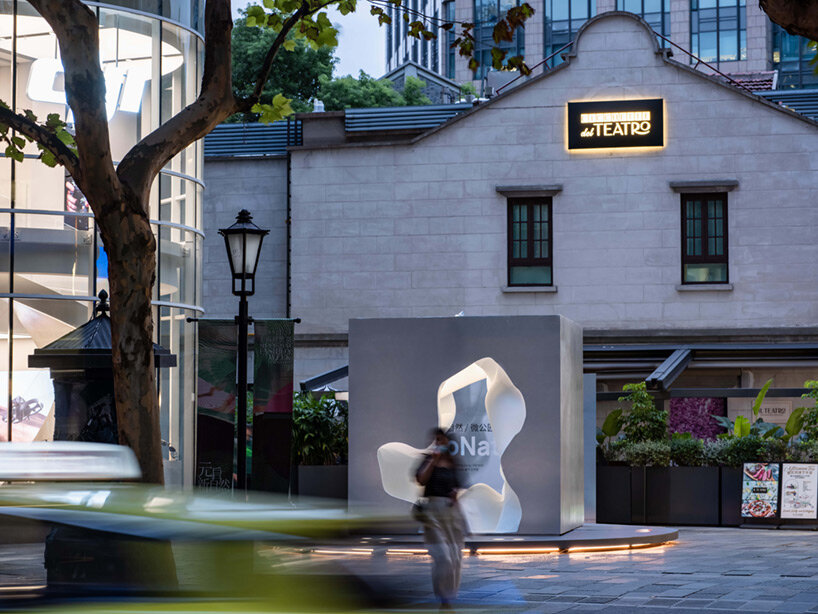 images © Renzi Zhu | @zhu_runzi
images © Renzi Zhu | @zhu_runzi
a new landscape by atelier ping jiang | eid arch
The architects at Atelier Ping Jiang | EID Architecture create the MicroNature pavilion as an open apparatus for visitors to explore its multiple spatial definitions in their own ways. The work is parametrically designed and digitally fabricated with PLA, providing an urban furniture for visitors. Inside, MicroNature provides a diverse experience for visitors at an intimate, humanistic scale. Children are invited to climb into the installation and play among its internal folds.
Adults can easily find a seat for rest, or a spot to experience the futuristic atmosphere created by the changes of shadow and color. MicroNature is not only an artificial natural landscape, but also an urban furniture piece that promotes human-urban interactions.

an organic void within a pure cube
The urban environment in China is mostly composed of high density fabrics that reveal various linear geometries. Conversely, nature is filled with complex and organic forms. These different sceneries create a strong contrast between linear geometry and organic form.
Traditional Chinese architecture combined the geometric linearity from the architectural system and the organic vocabulary from the landscape system. Through integrating the pure cube form with the inner curvilinear void, MicroNature reinterprets the artistic conception of traditional Chinese architecture by representing the duality of nature and artificiality.
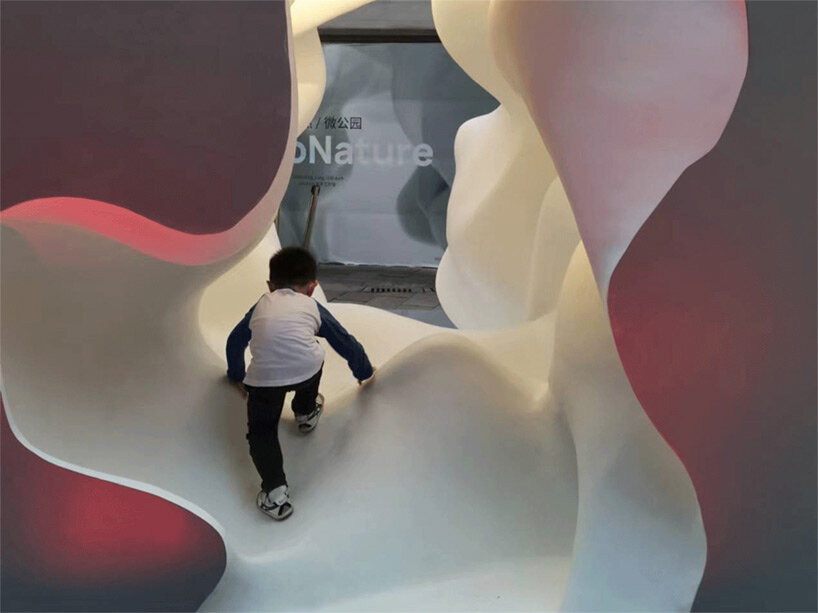 children are welcome to play among the pavilion’s fluid folds
children are welcome to play among the pavilion’s fluid folds
Meanwhile, the team notes that the wormhole-like inner void of MicroNature echoes the boulders found in traditional Chinese gardens translated with a contemporary lens and digital fabrication technology. While integrating natural, technological and futuristic elements, the installation of MicroNature becomes a ‘micro park’ in the urban environment that reflects on the city’s past, present and future.

adults are invited to discover the futuristic micro-landscape
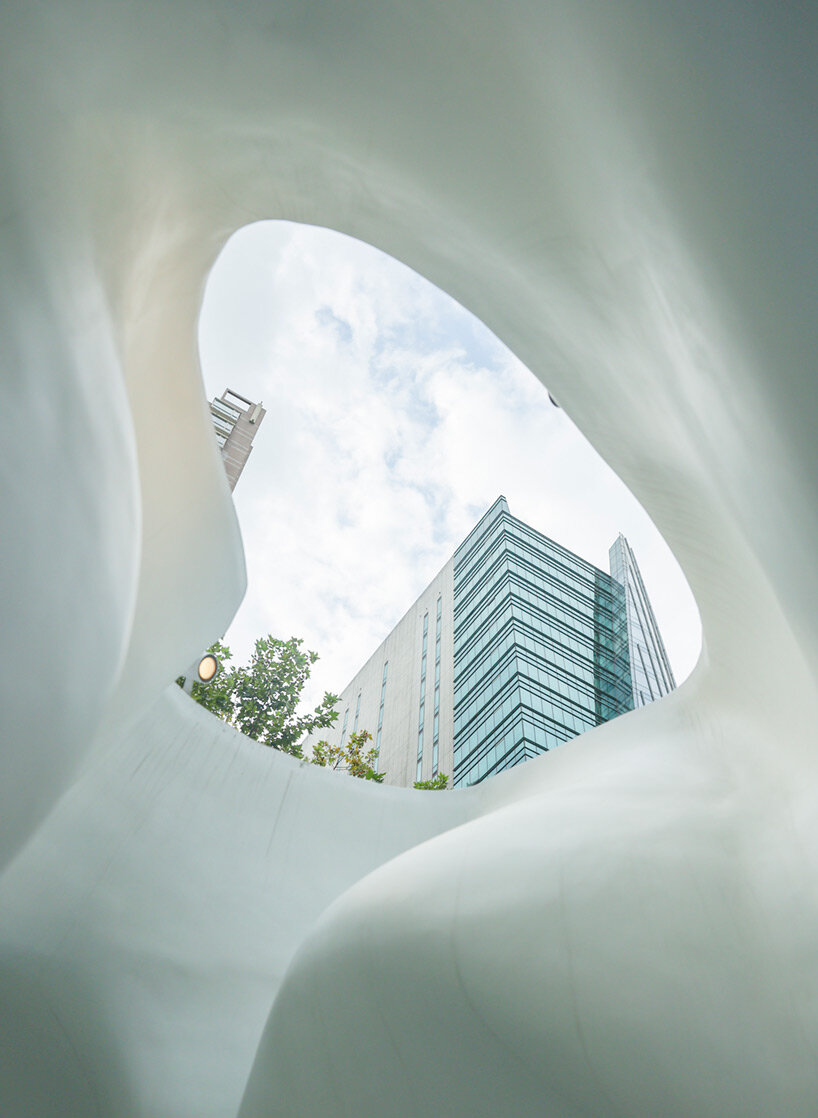 the pavilion blends organic forms with rational geometries
the pavilion blends organic forms with rational geometries
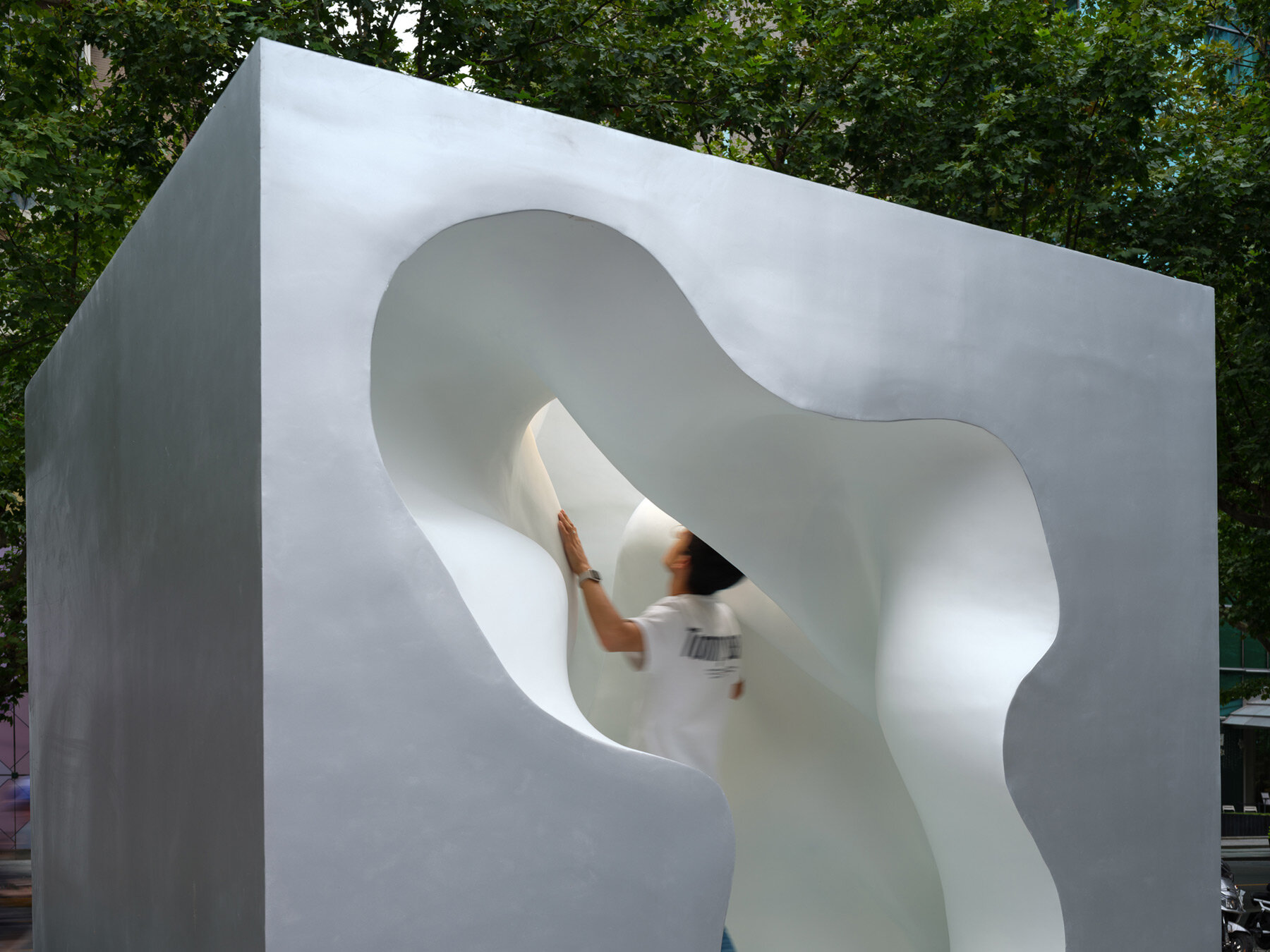
the team offers visitors a chance to ‘discover the inner void that reveals a sense of wonder and mystery’
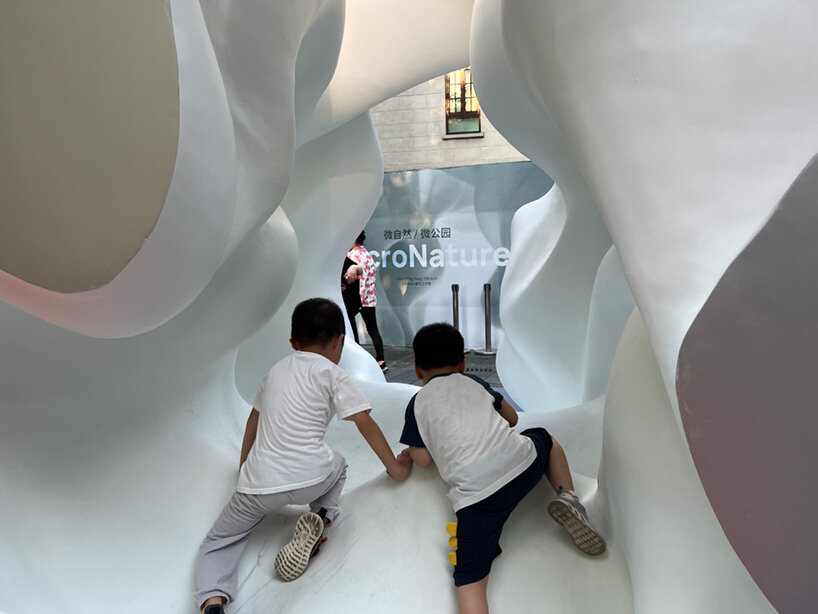 the canyon-like interior echoes the boulders found in traditional Chinese gardens
the canyon-like interior echoes the boulders found in traditional Chinese gardens
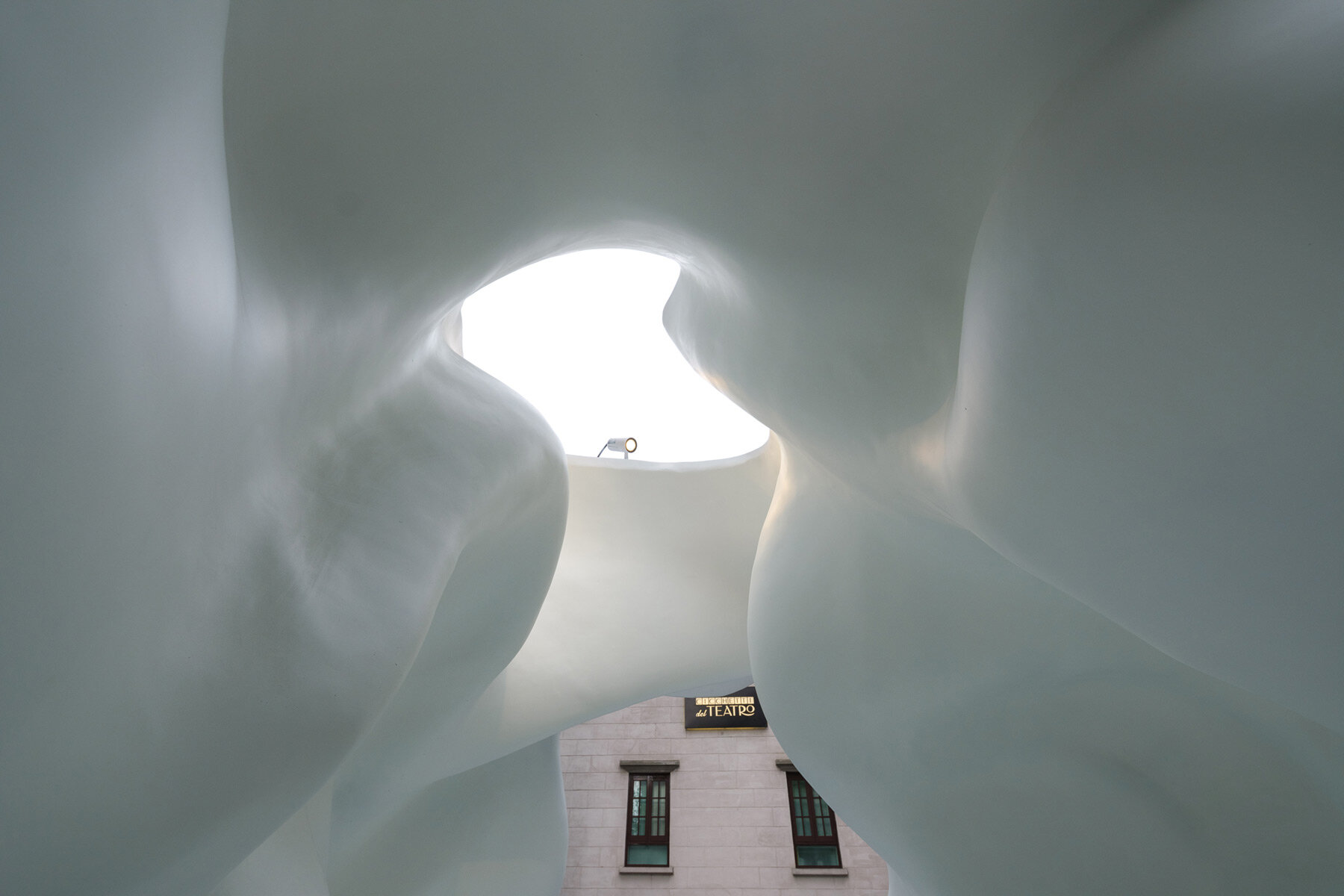
the work is a ‘micro-park’ in the heart of Shanghai
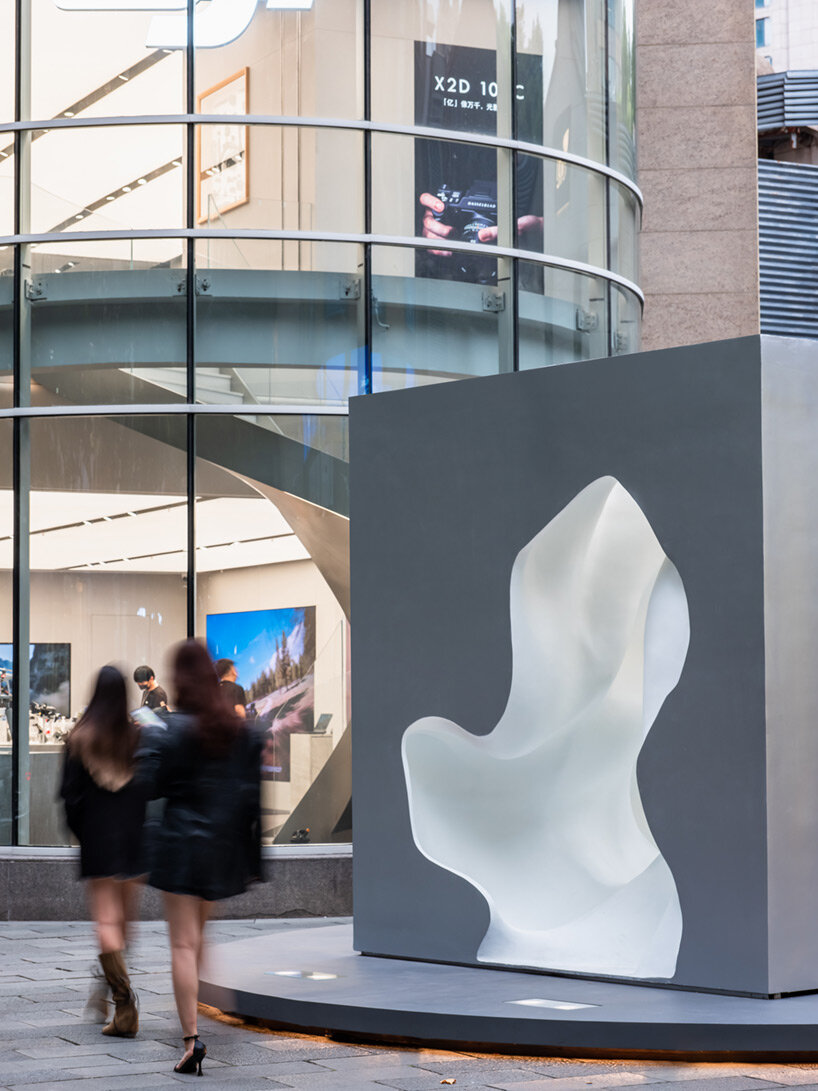
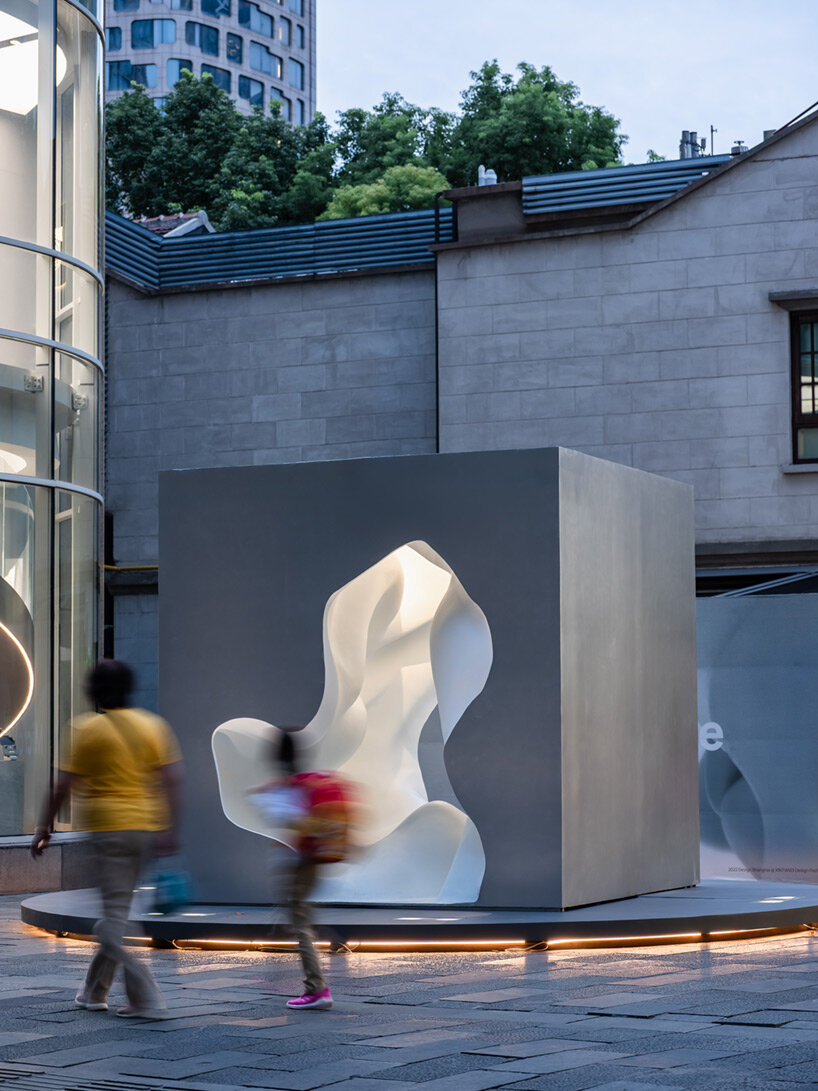
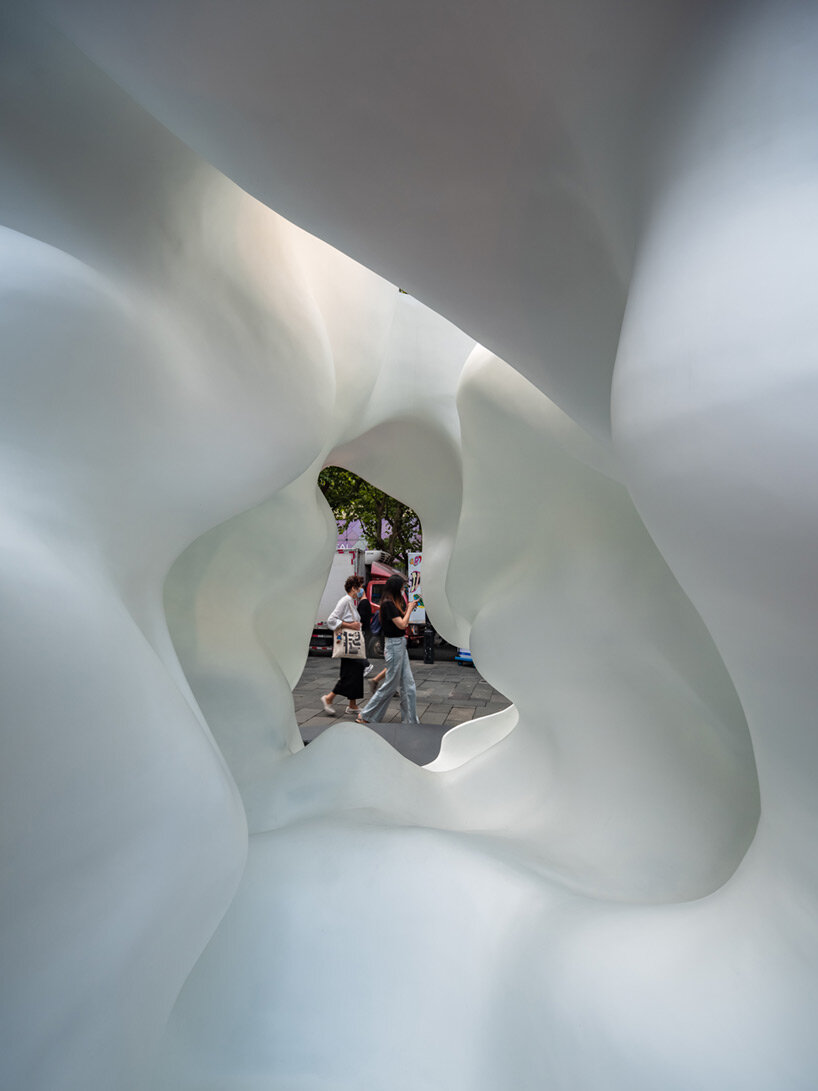

project info:
project title: MicroNature
architecture: Atelier Ping Jiang | EID Arch | @eid_arch
location: Shanghai, China
design team: Ping Jiang, Iris Li, Michelle Bao, Ling Niu, Sai Leng
sponsor: Xintiandi Design Festival / Design Shanghai
3D printing, material consultant: Wuhu Jiang Zhu 3D Technology Co.,Ltd.
lighting consultant: BPI
lamp sponsor: Linea Light Group
built area: 9 square meters
completion: 2022
photography: Renzi Zhu | @zhu_runzi

